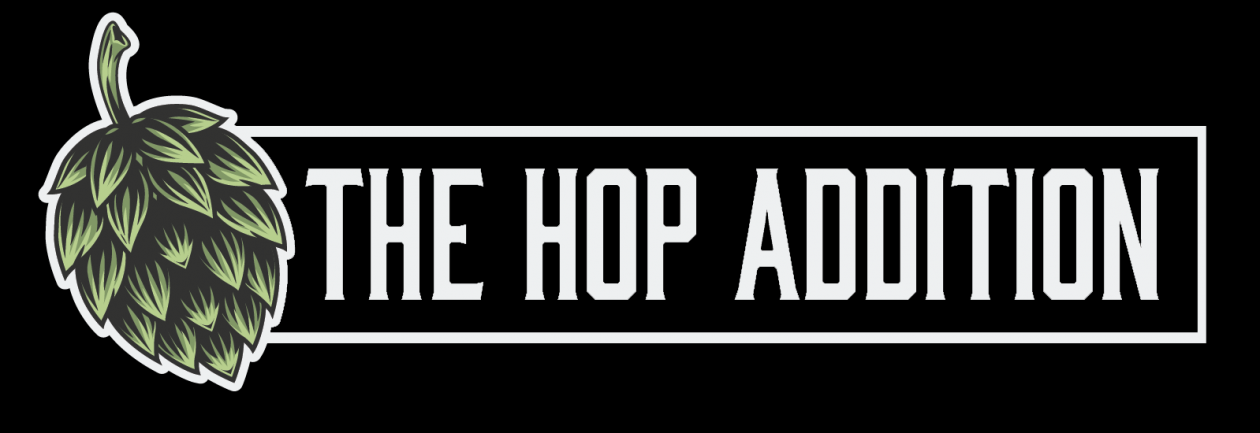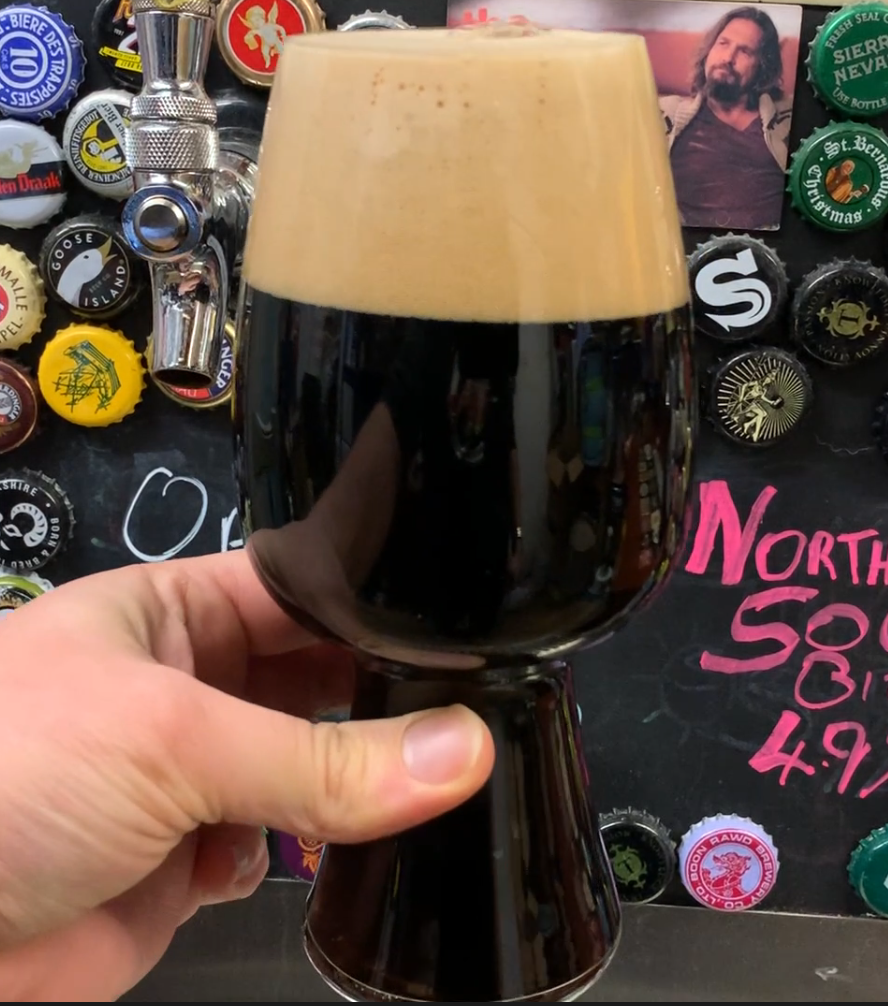So during our post Christmas discussions of what 2018 held for our respective brewing myself, Chris and Jamie all agreed that it was time to stop dicking about with extravagant recipes and crazy experiments (mostly anyway!) and to try and nail down some rock solid house recipes. While we have all knocked out some great brews I think the general consensus was that we wanted to try and establish some baseline recipes and lock down our processes so that consistency and repeatability can become more than just an abstract concept when it comes to our brewing!
I know from my own experience recently that trying to repeat brews and get the same result or even just a similar result is bloody hard which isn’t much of a concern when you are brewing something new almost every time but what about when you get a beer just where you want it and would like to brew it again? This is where the idea for the ‘house’ recipes came from.
So what is it that gets in the way of being able to consistently repeat a brew, well for me at least it probably comes down to the following:
- Tinkering – In order to develop a recipe you need to change things but if you are changing several things at once it becomes very difficult to keep track of whether you are improving a recipe or not and if so what changes were actually a benefit. I find it very difficult to make minor changes and leave it at that when repeating a brew and will often change several variables at once not always to good effect!
- Insufficient data – Software like beersmith makes it very easy to keep detailed and extensive notes on all aspects of a brew but do I make use of it, do I fuck! So inevitably many brews where I look back and try and find key information it just isn’t there, probably because I was too pissed at the end of the brew to remember to log it! When I first started all grain brewing I kept loads of written notes on everything and was able to develop my technique and ideas fairly rapidly as a result but once you become comfortable with the process and start relying on software to direct you its easy to neglect recording this information which is really going to be key for repeating brews consistently.
- Inconsistent process – This follows on from the previous point, did I rehydrate my yeast last time, what temp did I ferment at, what was the actual mash temp versus the target, did I do a hop steep or just chill immediately etc etc. Without the full information you are bound to do things slightly differently and when lots of small changes are added together you can have a very different end result.
- KISS – Keep It Simple Stupid! Its easy to get carried away with concocting recipes and often I will throw in odds and ends that need using up but this creates very difficult brews to repeat, nobody wants to buy whole bags of grain or hops for tiny additions and the more ingredients you have the more you are at the mercy of variations in the ingredients themselves. This cant be avoided but if you have a hugely complex grain and hop bill it makes it much harder to isolate where these changes are coming from and make considered changes to repeat brews.
- Yeast – As an ingredient this is already covered by several of the points above BUT a saying that I like to remember is that ‘yeast makes beer, brewers make wort’. The point is even if you use the same yeast, in the same recipe, with the same process if it isn’t delivered in the correct state for fermenting successfully you can have radically different outcomes, especially when using liquid yeast and starters. Yeast health and vitality is not just critical to consistency it is key to making good beer full stop, so all of the above is even more important when it comes to managing yeast and fermentation.
So with all that in mind I started to think about my first ‘house’ recipe, having just done the KBS brew I fancied doing something dark that I wouldn’t have to wait the best part of a year to reach its peak so I settled on a dry stout. I have only brewed 1 dry stout before and that ended up with rye and various other unusual things in it so I went back to a basic recipe and thought about what I wanted from my brew and came up with the following:

First off its 10L, a small enough batch for repeat brews to be less of a chore and not a massive loss if its not a great first effort. A basic stout can be made with just Pale Malt, Flaked Barley and Roast Barley with a single bittering addition for the hops, now as much as I want to keep it fairly simple I also want a bit of depth to the flavour and a grist that balances the roast notes with some smoother flavour and a bit of body. So in addition to the typical trio of stout ingredients I added some pale chocolate malt hopefully to lighten the roast flavour and bring in some nutty coffee notes, munich for a bit of extra body and a bit of aromatic malt to add a touch of malty sweetness. For the hops I chose Northdown as an alternative to the more obvious options like EKG or Fuggles, its woody and berry notes should complement a dark beer well, I also brought in a small 10 minute addition for a bit of hop aroma and flavour late on. Yeast choice was Nottingham (Gervin Ale), a great attenuator with relatively clean character, I didn’t want to complicate the flavour with too much in the way of esters at this stage so this was a pretty easy choice, US05 or similar would also have been a good option.
So that will be the first edition of my house stout, it has been brewed already and is sat in the brewfridge throwing up a krausen as I type this so fingers crossed it will be close to what I had in mind and wont require too much alteration. If it does though I made sure I recorded as much information as possible and will hopefully be better prepared to make considered changes as a result! Updates will follow……Cheers 🙂








